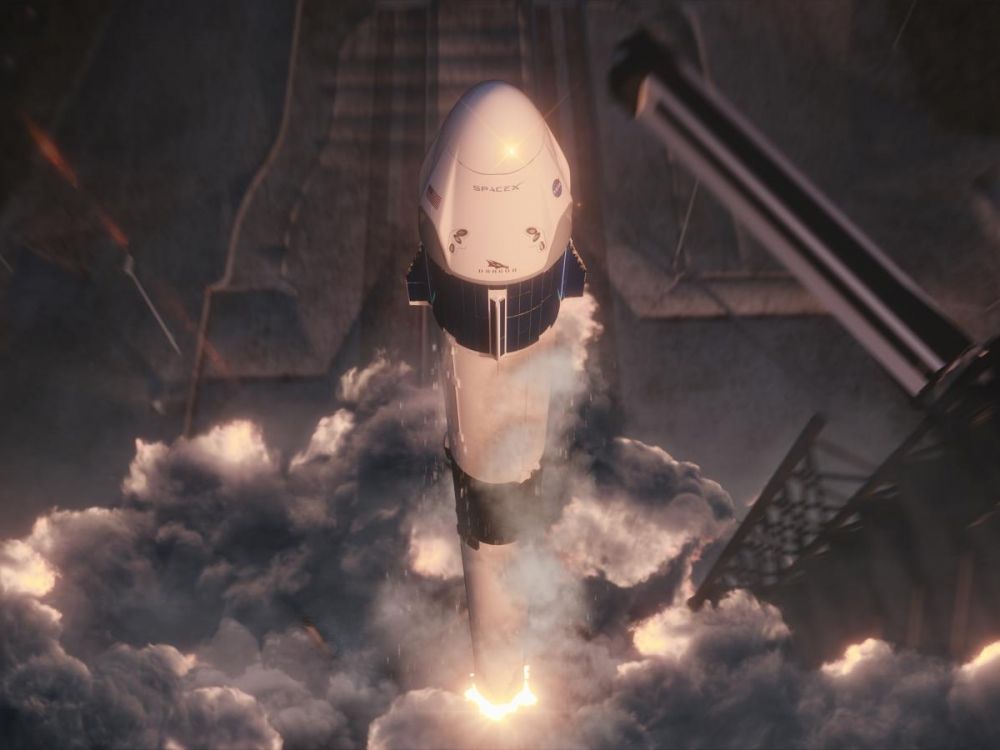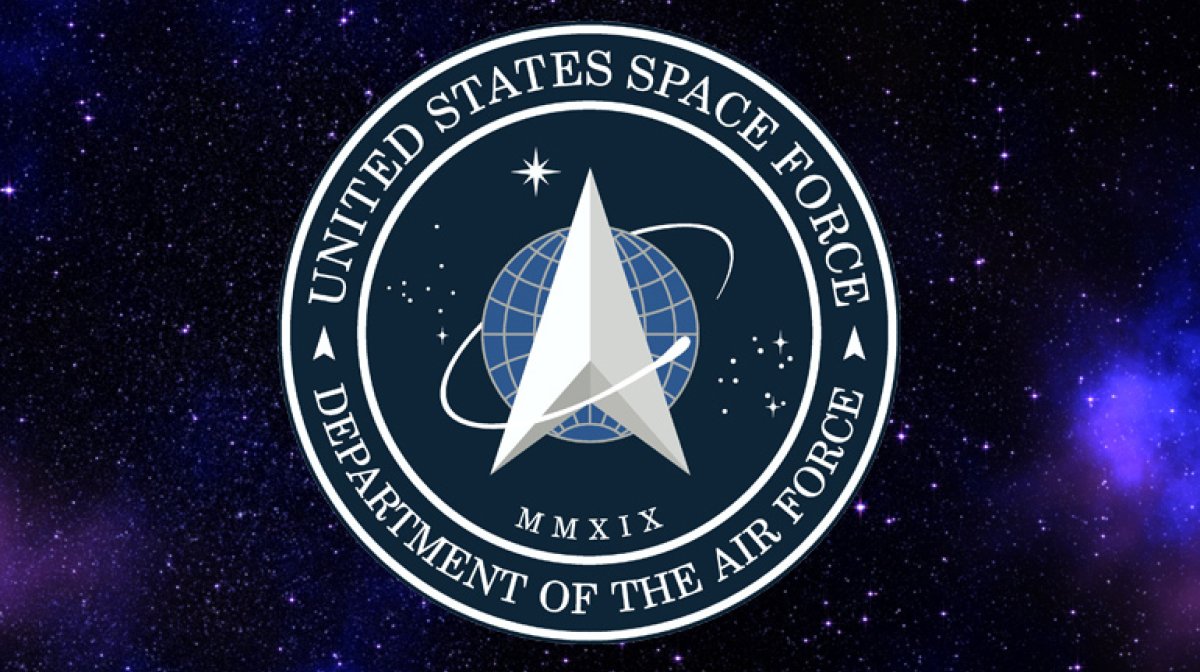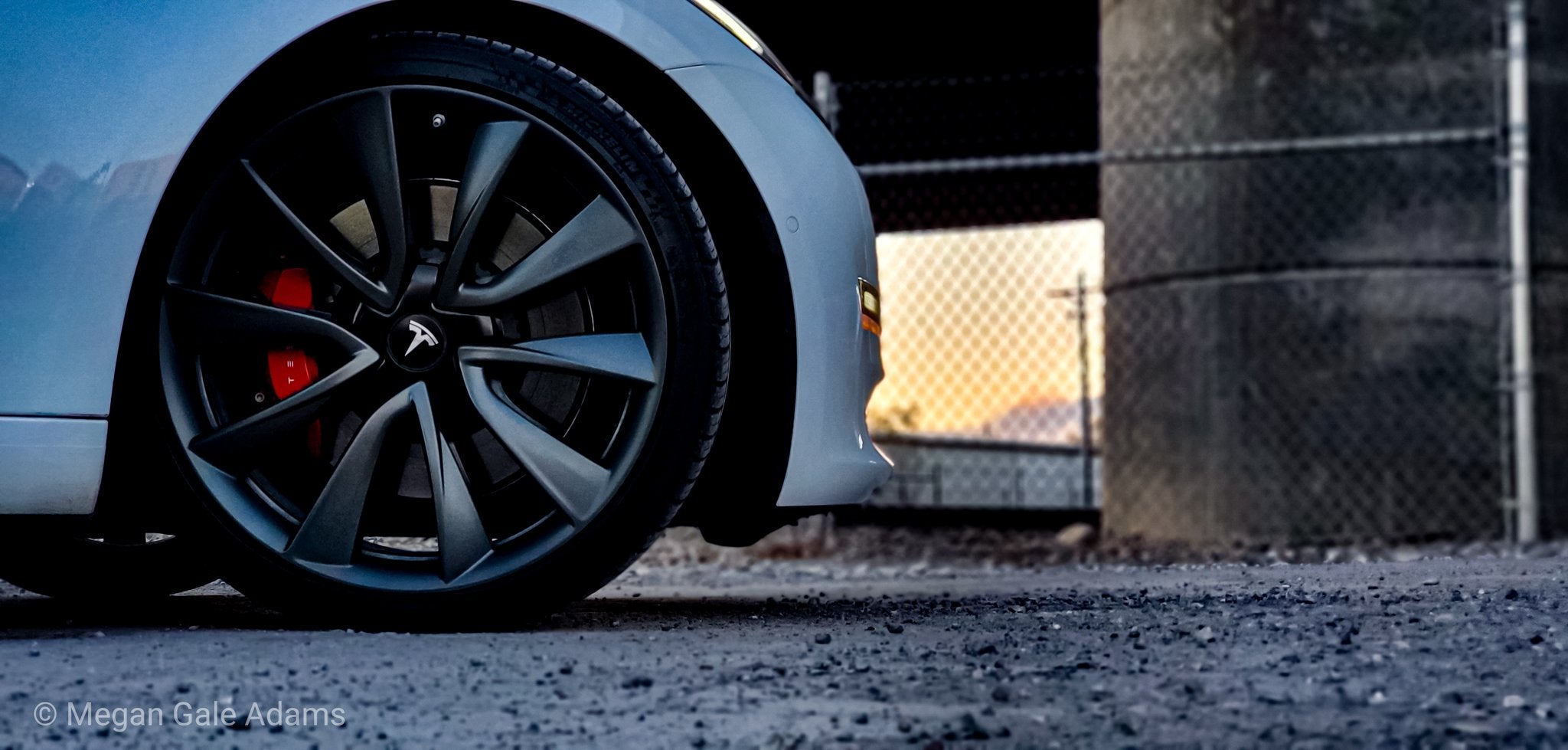Featured Image Source: SpaceX
Only 10 days until NASA Astronauts Robert Behnken and Douglas Hurley launch from American soil aboard SpaceX’s Crew Dragon spacecraft. The historic Demo-2 mission will return human spaceflight capabilities to the United States, ending dependency on Russian launch services. Demo-2 is scheduled for May 27th at 4:32 p.m. EDT. a Falcon 9 rocket will lift off into space on a voyage to the International Space Station (ISS). According to a NASA spokesperson, Kyle Herring, on Friday night, SpaceX transferred the Crew Dragon spacecraft from a fueling facility at Cape Canaveral Air Force Station to a hangar nearby Launch Pad 39A at NASA’s Kennedy Space Center in Florida. In the days ahead, the Dragon craft will be mounted atop a Falcon 9 rocket awaiting the historic flight.
Before Dragon was transported, its engines and thrusters were fueled with hypergolic hydrazine and nitrogen tetroxide propellants. The craft features eight SuperDraco engines and four thrusters. The SuperDraco engines are only fueled in case of an emergency, in the unlikely event of a rocket malfunction the engines will automatically ignite to escape away from a failing rocket mid-flight. Dragon’s thrusters are used for propulsion in space.
Crew Dragon separating from Falcon 9 during today’s test, which verified the spacecraft’s ability to carry astronauts to safety in the unlikely event of an emergency on ascent pic.twitter.com/rxUDPFD0v5
— SpaceX (@SpaceX) January 19, 2020
The SuperDraco engines were tested early January, during an In-Flight Abort test meant to ensure the spacecraft’s launch escape system is capable of saving astronauts’ lives. During the test, SpaceX engineers launched a Falcon 9 rocket with the Crew Dragon spacecraft atop, and intentionally shut down the rocket’s nine Merlin engines, to simulate a dangerous scenario. The incredible test caused the rocket to explode mid-air as the Crew Dragon spacecraft successfully ignited its SuperDraco engines to fly away from danger. Dragon then conducted a parachute-assisted landing in the ocean. The test demonstrated the craft’s safety system works well.
SpaceX teams will soon begin inspecting the spacecraft and rocket for Demo-2 a final time inside the hangar at Kennedy. Then crews will attach Dragon atop Falcon 9, horizontally, and ensure all mechanisms work well. Then, they will use a crane to lift the gigantic 215 feet rocket vertically to transport it about four miles to Launch Pad 39A. This launchpad is special, it is the same launch pad astronauts launched from during the Apollo moon missions, as well as Space Shuttle flights to the orbiting laboratory.
SpaceX will conduct a static-fire test sometime next week, when the rocket goes vertical it will be fueled. This test is meant to verify there are no issues with the nine Merlin engines on the rocket booster. Assuming the brief firing goes smoothly, the rocket will await its debut flight that will ignite a new era in American human spaceflight.
In the meantime, Astronauts Behnken and Hurley are resting, under quarantine in Houston, Texas at the Johnson Space Center. On May 20th they travel to Florida’s Kennedy Space Center aboard a NASA Gulfstream jet to prepare for flight.
SpaceX is inviting all Class of 2020 students to ride along astronauts to space by submitting a photograph of themselves that will be printed on a mosaic of Earth, linked below.
Ahead of Crew Dragon’s first flight with @NASA astronauts on board, class of 2020 graduates – from kindergarten to graduate school – can submit their photo to be flown on the spacecraft to the International Space Station → https://t.co/MUoy64B1b0 pic.twitter.com/5UKUj3mgLl
— SpaceX (@SpaceX) May 16, 2020








